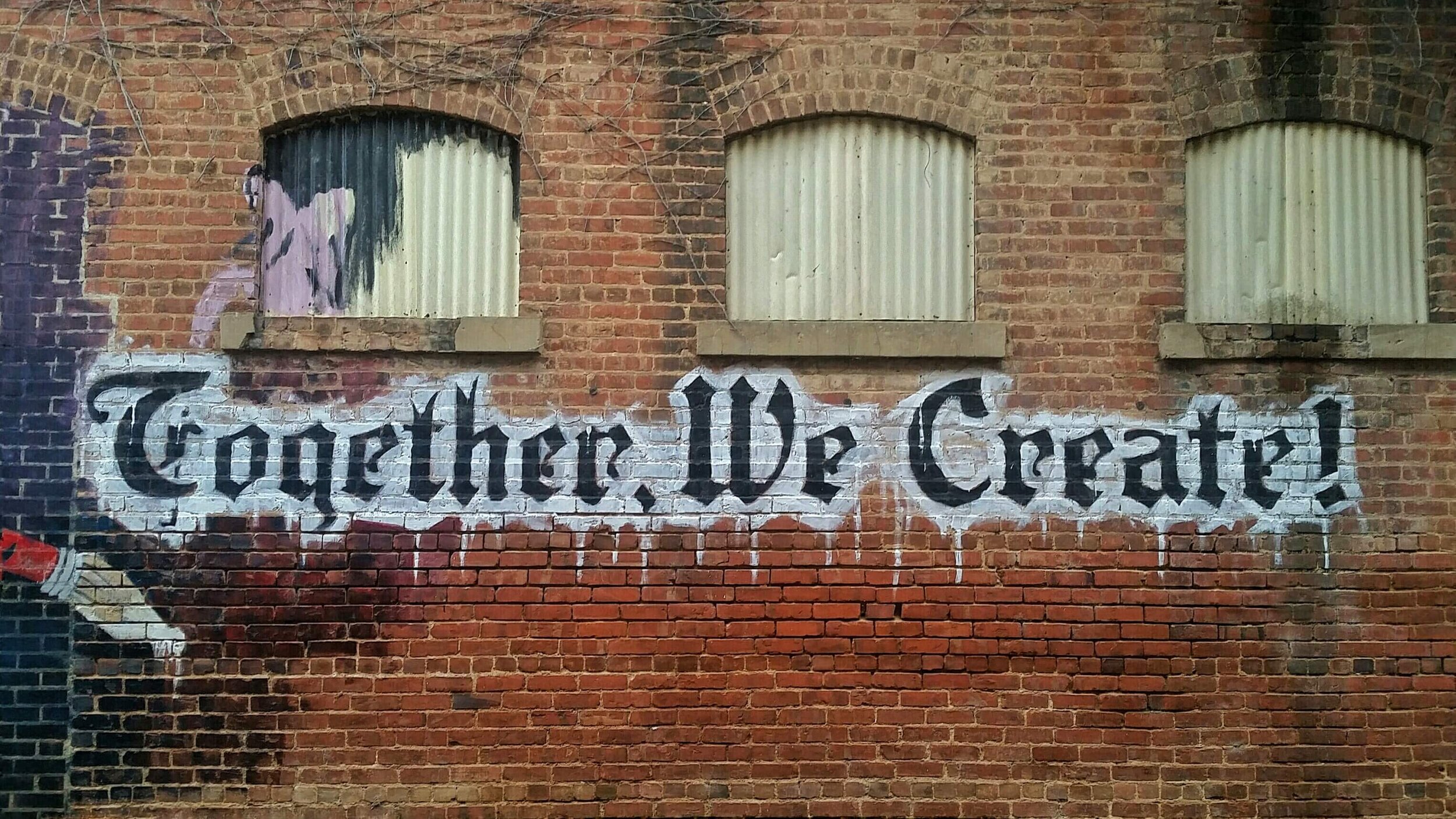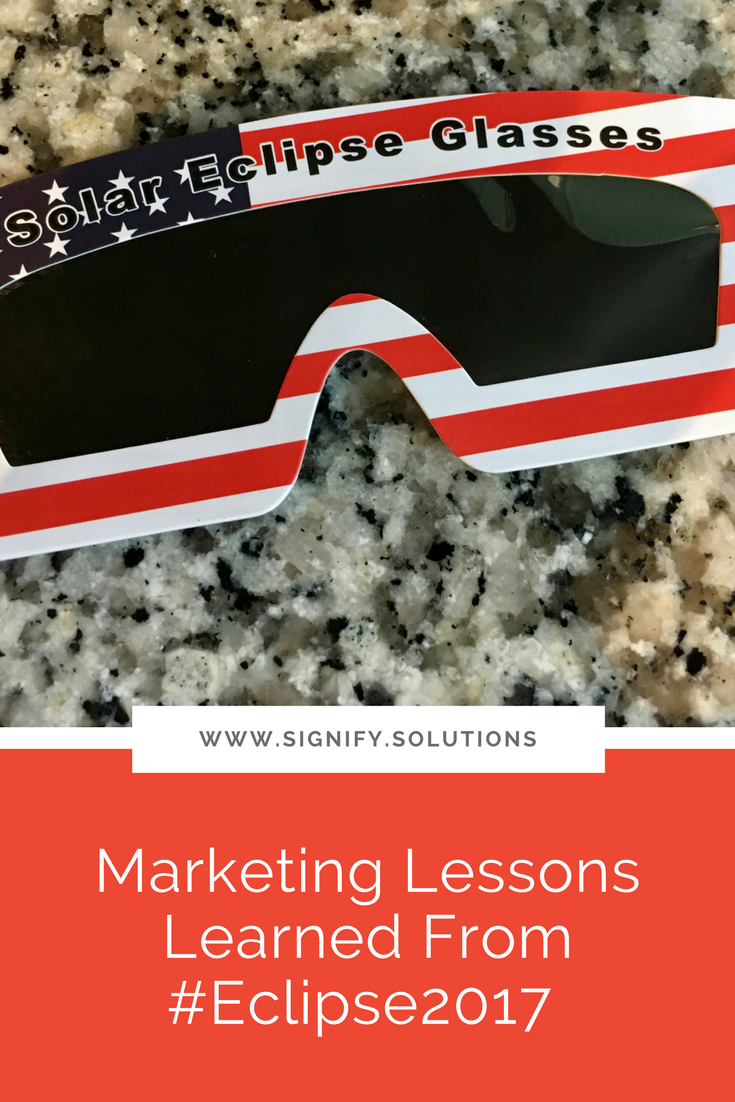Whether you’re a brick-and-mortar or an online store, as a cause-focused organization, you already know that your products change lives. But have you thought about how your packaging can take it a step further?
Yes, you want to minimize costs to help as many people as possible, but what if premium product packaging could actually provide you with a greater return on investment, more loyal customers, and spread your mission even further?
Want proof? Read on for my Q and A with Bob Dalton, founder of Sackcloth & Ashes, to learn how to increase your impact through product packaging.
As a big fan of this social enterprise, I was delighted to have a few minutes of Bob’s time, and he has some valuable lessons for you.
Why Great Packaging Matters for Your Mission
Q: When did you decide that the product packaging would become an important part of relaying your mission to customers? Why was the unboxing experience important to you?
A: In 2018, we launched Blanket the United States, our campaign to donate one million blankets to homeless shelters by our 10-year anniversary on June 1, 2024. To compliment this campaign, we felt that we needed customized packaging for the blankets that not only shared information about our campaign, but also allowed people to patriciate on a deeper level.
On the inside bottom of our boxes it says, “Take it a step further: Place the following items in this box and donate to your local homeless shelter.” Then there is a list of items, inviting people to fill the box and donate it. This was our way of repurposing packaging and allowing people to further make an impact.
How to Source and Develop the Perfect Packaging
Q: The current version of the box is very sturdy, has a map of the shelters you partner with, and tells people what to donate to their local shelter if they want to continue the mission. Did it go through several revisions and stages?
A: Sourcing the boxes was quite a process. We got about 15 different samples from manufacturers around the world. One of our first orders was around 5,000 boxes, so we had to be extremely strategic in who we chose in order to eliminate as much risk as possible. We needed the boxes to feel and look premium.
Make Your Product Stand Out—Even With a Small Budget
Q: What advice would you give to brands who have yet to launch or are in their early stages who also want their product packaging to be unique and convey their mission, but have small budgets and are still bootstrapping?
A: It’s worth upping your prices $2-$5 to ensure you have premium packaging. Think of all the most elite product companies: Apple, Nike, etc. When you get a product, the first experience with your product matters.
Packaging is not something you use to sell to customers, but to create returning customers. Our company has over a 20% repeat customer rate—packaging is part of that.
Customize Your Packaging for Partners
Q: You have quite a few corporate partners, and you also customize the boxes for each partnership. Was this a “surprise and delight” factor or a selling point?
A: Companies love their logos on stuff. Since we don’t allow other companies’ logos on our product, the box the blankets come in became the vehicle to allow us to do custom branding without jeopardizing or cheapening our brand.
Seeing the Impact
Q: How have customers responded to the boxes?
A: I receive photos and messages all the time from people saying that they filled their boxes up and took them to a shelter. I love seeing people take it a step further and become contributors. Many people want to make a difference but don’t know where to start—our boxes are that start.
Unboxing the Product
Thank you, Bob, for your thoughts and incredible, purpose-driven product!
When I received my very own Sackcloth & Ashes’ blanket, I was absolutely wowed by the packaging! It was definitely a “surprise and delight” factor for me, and made me instantly love the product even before I held it in my hands.
The box does a terrific job of explaining the company’s mission, how customers are already a part of it, and other steps customers can take. The simple act of opening the product made me feel like I was making a real difference. Curious to see it for yourself? Take a peek at my beautiful blanket and watch me unbox it here:
If you want to hear more about Bob and the Sackcloth & Ashes story, be sure to also listen or watch his interview on the Logistics with Purpose podcast series, presented by Vector Global Logistics and Supply Chain Now. You’ll be inspired—I certainly was!
How does this make you rethink your product packaging?
Bob Dalton is the founder and CEO of Sackcloth & Ashes, a mission-driven company that gives a blanket to a homeless shelter for each one purchased. In June 2018, he launched Blanket the United States—a campaign with the goal of donating one million blankets to homeless shelters by 2024. He now works to bring awareness and resources to grassroots organizations and speaks at events on the topics of entrepreneurship and social sustainability.
PIN THIS POST FOR LATER:
I’m Kristi Porter, and I help cause-focused organizations understand and execute effective marketing campaigns so they can move from stressed to strategic. Your resources may be limited, but your potential isn’t. Whether you’re a nonprofit, social enterprise, or small business who wants to give back, I’ll show you how to have a bigger impact.

































